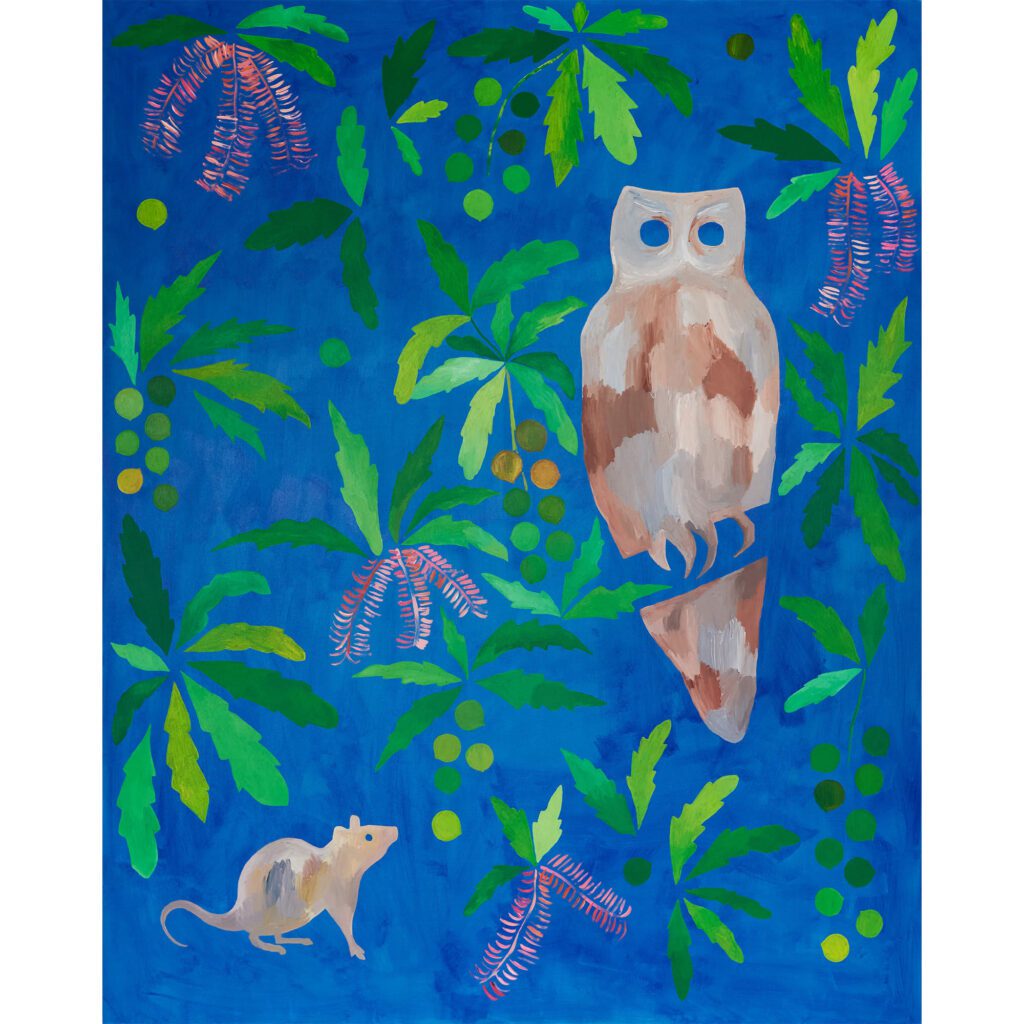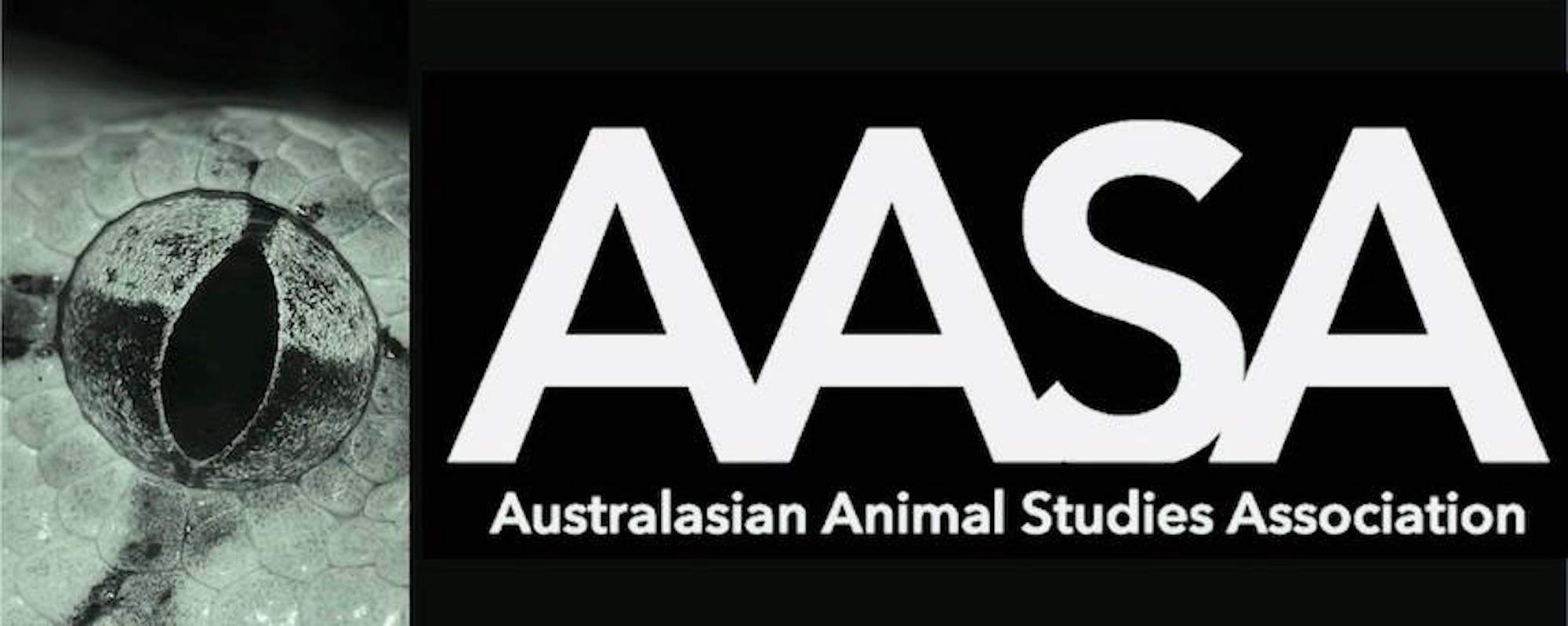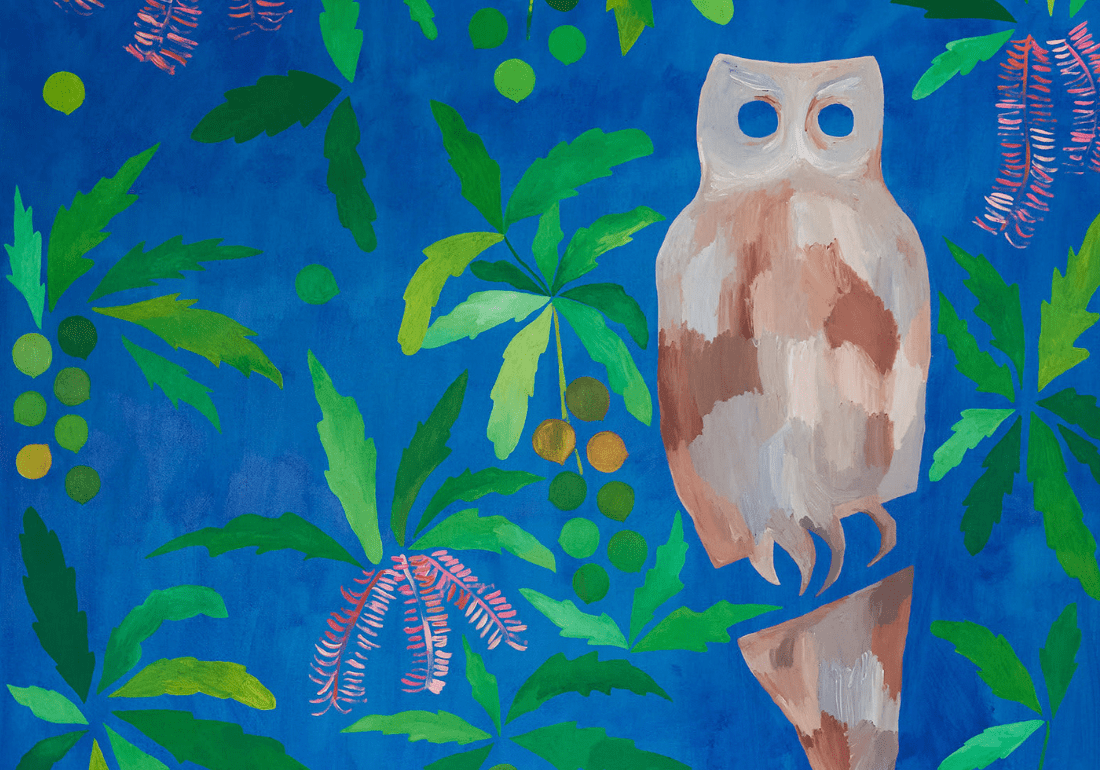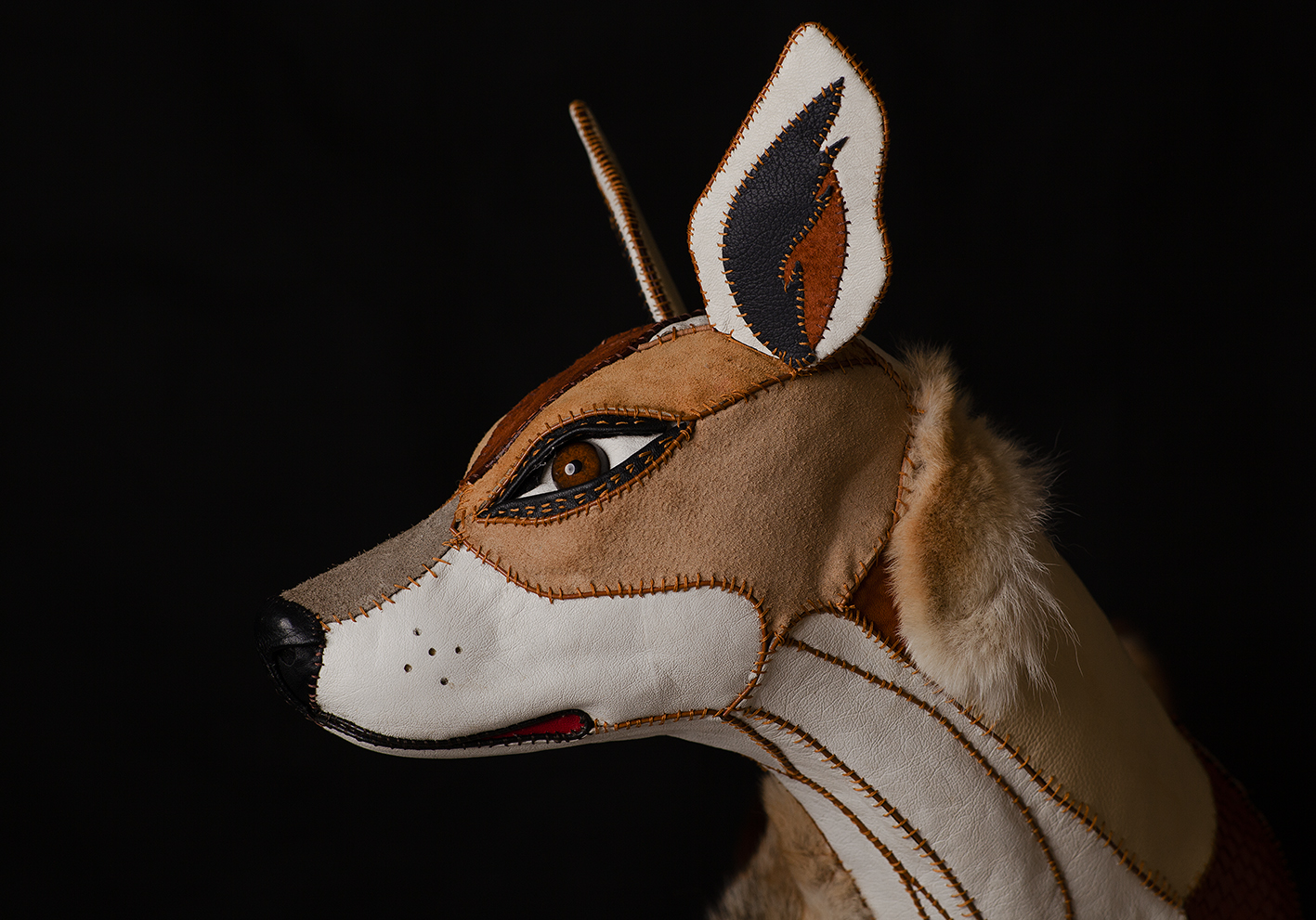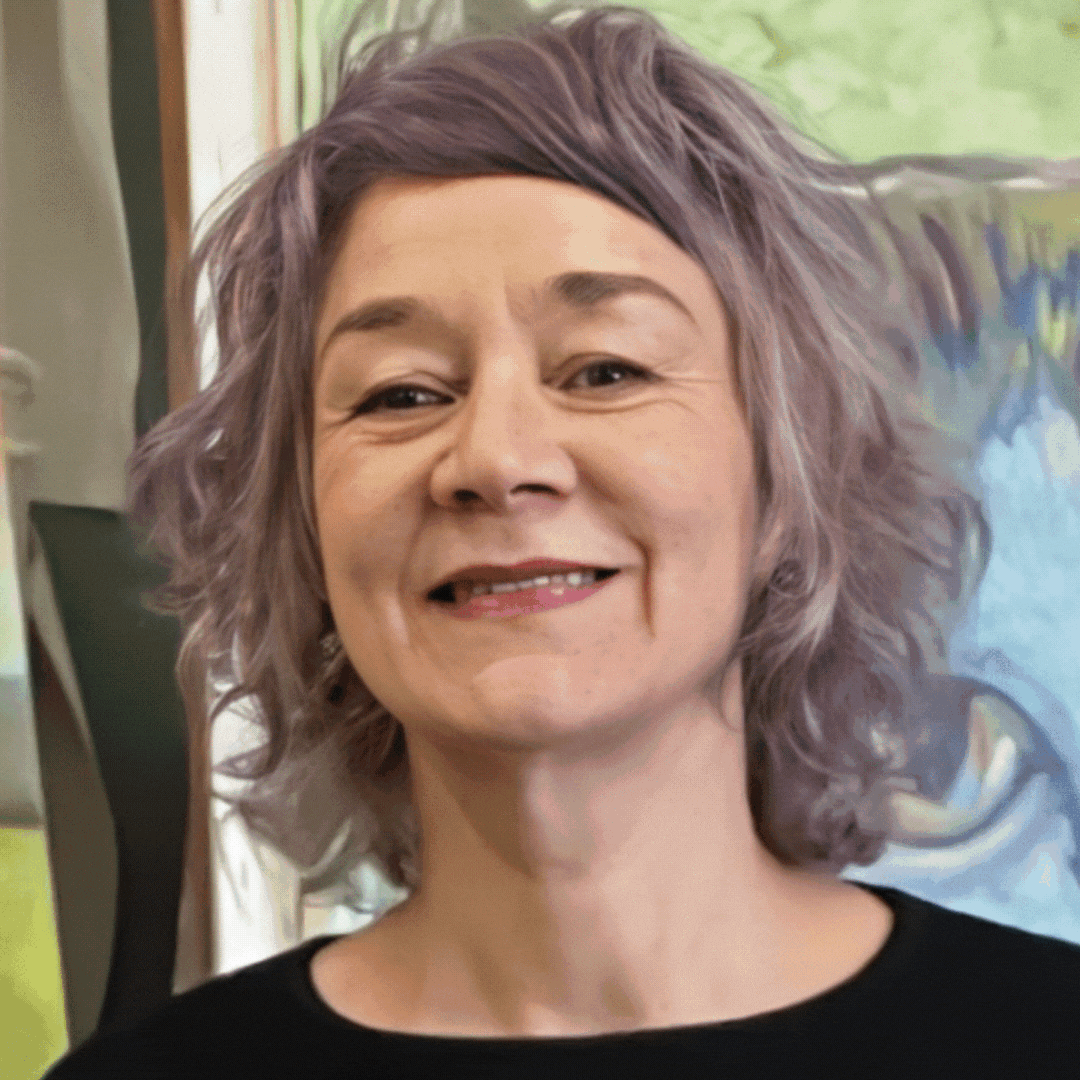How did you start birdwatching and how did birds become your primary focus? What did birdwatching reveal to you about humanity and the weight of colonial history?
I started birdwatching in 2011 on lunawuni/Bruny Island while developing a project with my dear friend and colleague Raquel Ormella. Raquel was already a birdwatcher, and during some fieldwork I became infatuated by the sound of the Golden whistler and the fact that such a small bird so high up in the canopy, could emit such beautiful song. I’ve kept a life list since that day. It was when I moved to New York to study at Parsons School of Design in 2014 that birdwatching fully entered my own practice.
I had always been interested in animals, their presence, and my relationship to them (as a teenager I was a wildlife carer and had prepared to study veterinary science, ending up at art school to kill time while the course I wanted to study kicked off); but this had barely entered my own artworks. While in New York I started keeping a daily bird list, as a tool through which to understand my new locale. Naively I thought, I might see birds of my childhood as birds migrate up and down continents and I was back in the Americas.
I soon realized that my daily record was capturing encounters with House sparrows, European starlings, and Rock doves (pigeons) every single day, and furthermore, I realized these birds were making me feel ‘at home’ in this place because we both carried colonial history. The sparrow and I had met each other before, we knew each other from Argentina, before I was a birdwatcher, we knew each other from Tasmania where I first started a list, and now it’s species presence here made me feel comfortable in this new colonized landscape. This affinity was complicated, because the sparrow was performing the colonial affect that the settlers first intended, to make the human settler feel ‘at home’ on settled land.
Since 2014 I have made work about sparrows, as well as many other species, in an attempt to negotiate the colonial affect I learnt was present in me as a human when existing alongside other non-human companions. I am interested in the histories carried by animals and the animals carried by history, thinking critically about the knotted histories that I identify in my multispecies encounters and how I can share this with my audiences is the impetus for my artworks.
Can you share a recent example of these works, or how your artworks have engaged with or subverted questions of colonialism, nationalism and landscape alongside animals?
An ongoing project that is asking many of these questions is the WHOSLAUGHINGJACKASS Cycle, which consists of numerous performances, installations and ongoing research into the history of Laughing Kookaburras as an introduced species into Tasmania and Western Australia between 1980-1907. At the time the bird’s colonial name was ‘Laughing Jackass’. I developed a typography from the sentence WHOSLAUGHINGJACKASS which I then dissect, tesselate, enlarge and collage into protest banners, archival interventions, costumes and sculptures, to ask questions about the construct of Australia as a single nation-state via the kookaburra. A very alien and intrusive birdcall once entered landscapes in Tassie and WA, which humans now call laughter.
One of the main iterations of this research is a group performance titled The Kookaburra Self-Relocation Project (WHOSLAUGHINGJACKASS) were I worked with nine performers to develop a laughing workshop and choreography, whereby they would walk around the streets of Launceston first thing in the morning re-releasing laughter into public spaces as part of the 2020 Mona Foma program. The result was a queer party-cum-protest of geometric shapes and giggles that made the public ask questions about Tasmania’s history through laughter and abstraction.
What are you currently working on or exhibiting soon?
I am always working on long-form research projects that open up multiple exhibition outputs and ongoing research. In 2025 I am returning to the USA to present a performance lecture with the Barnett Newman Foundation through my artistic entity the HSSH (House Sparrow Society for Humans), I am also presenting sparrow history projects in Buenos Aires, Argentina and Ararat regional Victoria next year. In early 2026 I’m doing a project at the Fremantle Arts Centre about the obsession in WA with keeping sparrows out of the border, and how this narrative connects to questions of coloniality, but also to how the colonial becomes an emblem for nationalism, and via the animal, something to detest.
I’m working on other things, but I always return to the sparrow. This is my central companion, a companion that calls out my own coloniality. Seeing a sparrow in my everyday keeps me critical, alert and happy.
